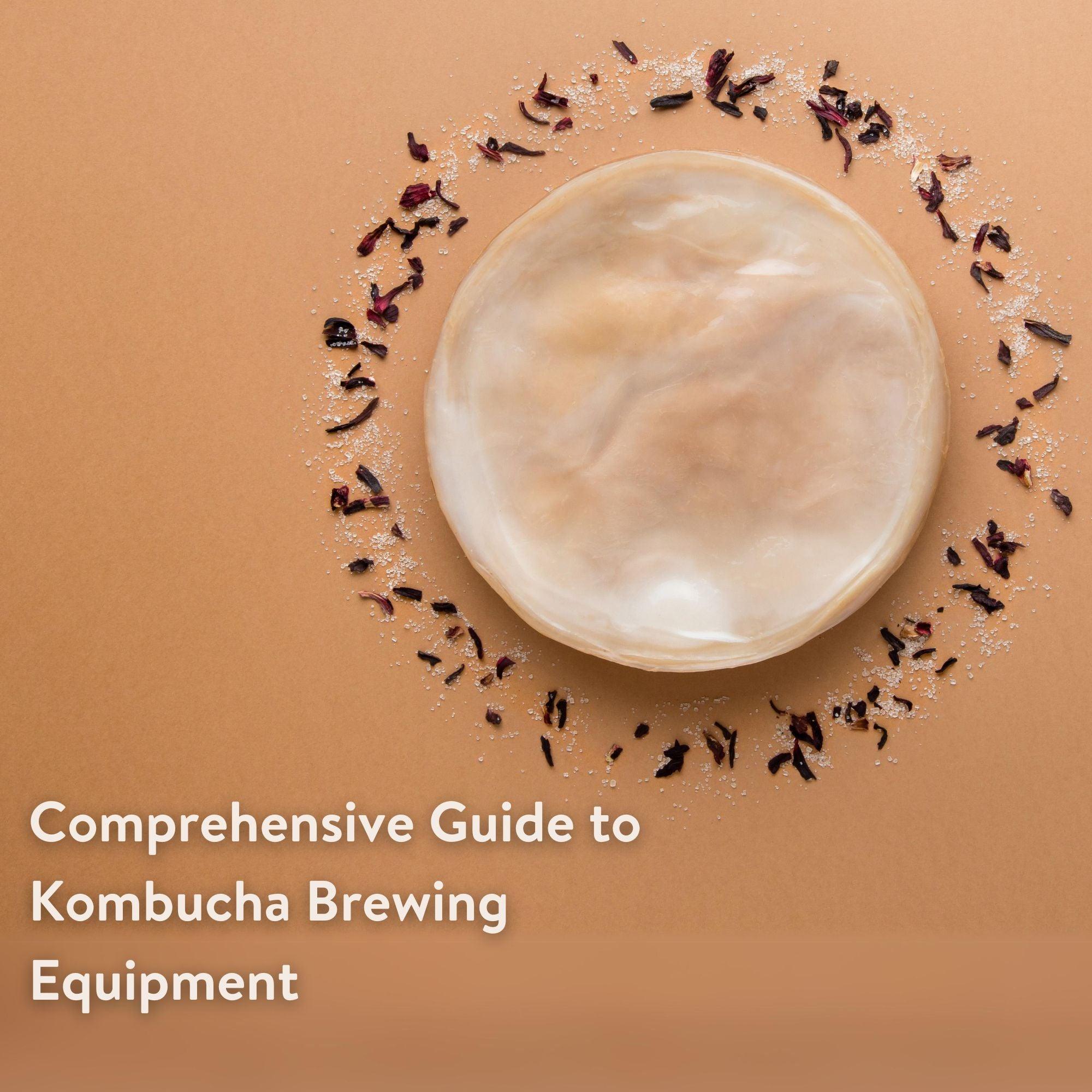Continuing with our exploration of milk kefir's microbiota, we now spotlight the Candida and Yarrowia yeasts. These yeasts play a critical role in the fermentation process, influencing the beverage's distinctive flavor, and contributing to its numerous health benefits. Let's dive deeper into understanding the intricacies and advantages these yeasts bring to the complex ecosystem of milk kefir.
Table Summary
| Microorganism | Key Health Benefits |
|---|---|
| Pichia fermentans/C. firmetaria | Enhances flavor, Contributes to bioethanol production |
| Yarrowia lipolytica/C. lipolytica | Enhances flavor, Potential probiotic properties |
The Beneficial Impact of Candida and Yarrowia Species on Health
Pichia fermentans/Candida firmetaria
P. fermentans, also known as Candida firmetaria, plays a key role in the fermentation process of milk kefir.
-
Enhances Flavor: P. fermentans contributes to the complex flavor of fermented beverages like kefir. It produces various compounds including esters and higher alcohols, which affect the taste profile of these drinks7.(1).
-
Contributes to Bioethanol Production: P. fermentans can also ferment sugars into ethanol, a process that is key in bioethanol production. This has potential applications in renewable energy production7.(2).
Yarrowia lipolytica/Candida lipolytica
Y. lipolytica, also known as Candida lipolytica, is commonly found in dairy environments and contributes to the fermentation process in kefir.
-
Enhances Flavor: Like P. fermentans, Y. lipolytica contributes to the unique flavor of fermented beverages. It generates compounds like esters and higher alcohols, which significantly affect the overall taste7.(3).
-
Potential Probiotic Properties: Y. lipolytica may have potential probiotic properties. However, more research is needed to fully understand these potential benefits7.(4).
Having highlighted the vital role of Candida and Yarrowia yeasts in milk kefir, we hope you have gained a deeper understanding of their significance. As we continue to unravel the complexities of milk kefir's diverse microbiota, join us in the next part of our series where we focus on the Debaryomyces and Issatchenkia yeasts, yet another fascinating pair in this probiotic panorama. Stay tuned!
References
7.(1) Ponomarova, O., & Patil, K. R. (2015). Metabolic interactions in microbial communities: untangling the Gordian knot. Current Opinion in Microbiology, 27, 37-44.
7.(2) Moon, J., & Liu, Z. L. (2012). Engineered NADH-dependent GRE2 from Saccharomyces cerevisiae for improved biosynthesis of isobutanol. Journal of Industrial Microbiology & Biotechnology, 39(7), 1039-1047.
7.(3) Lomakina, K., & Lomakin, A. (2016). Yeast enzymes for bioethanol production. Recent Patents on Food, Nutrition & Agriculture, 8(1), 33-39.
7.(4) De Vuyst, L., & Neysens, P. (2005). The sourdough microflora: biodiversity and metabolic interactions. Trends in Food Science & Technology, 16(1-3), 43-56.



